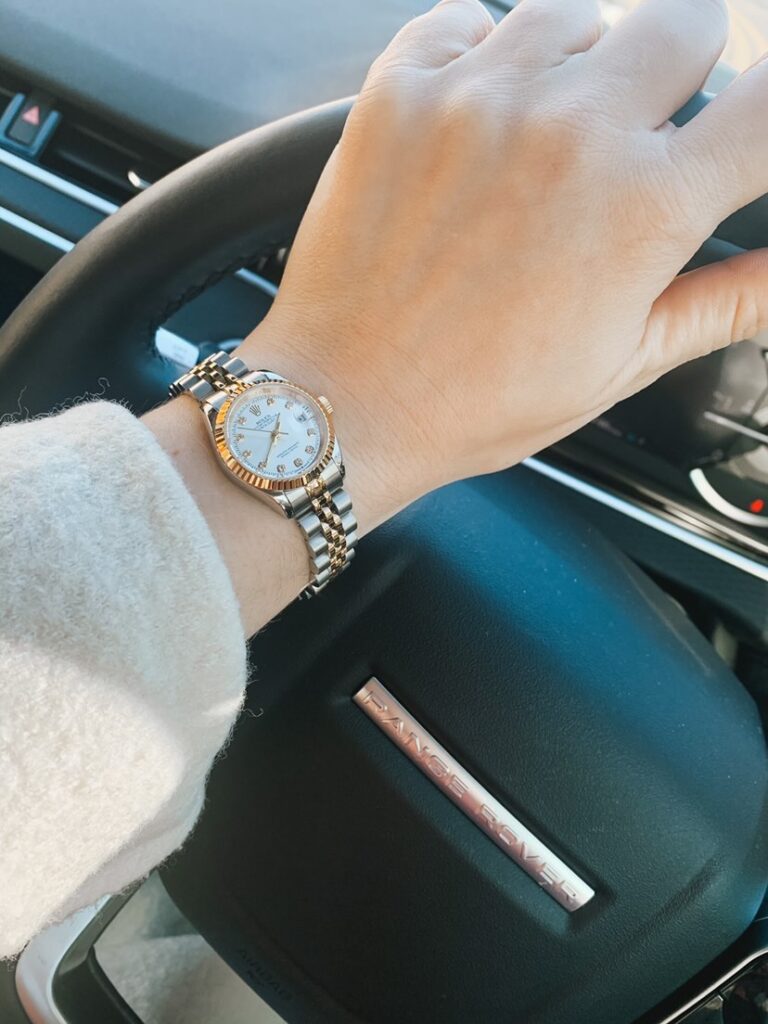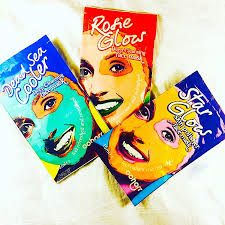A Better Understanding of the Causes and Treatments of Trichotillomania
It can be hard to admit that you need outside help or to even know where to start looking. Trichotillomania is very common, but also a bit misunderstood, and with misunderstandings comes a lot of confusion. If you’re looking for help but aren’t sure where to start, this blog is your starting point.
A Better Understanding of the Causes and Treatments of Trichotillomania
What Is Trichotillomania?
Trichotillomania is the term used to describe a condition in which people pull out their hair and it’s usually emotional. It doesn’t matter what type of hair is being pulled, individuals will pull hair from their scalp, eyebrows, eyelashes, and even pubic region. It can be hard to go through life with a disorder like this.
Many people are made fun of and bullied because of their illness. Some are even fired or get into trouble at school because of it. Because their hair pulling makes them feel out of control, they often feel isolated and alone. Trichotillomania affects people from all walks of life.
Who Is at Risk of Suffering from Trichotillomania?
It’s estimated that approximately 2% of the population is affected by Trichotillomania, which is a very staggering number. It is a disorder that affects both males and females at the onset of puberty between the ages of 10-13. Although, this disorder is more likely to be reported by females than males.
What Are the Symptoms of Trichotillomania?
Various symptoms are unique to Trichotillomania. These symptoms should be one of the many things that you look out for if you suspect that someone is suffering from the disorder:
- They tug their hair repeatedly, even without noticing it.
- Hair pulling causes noticeable hair loss or bald spots.
- A feeling of relaxation when cutting off one’s hair.
- despite repeated efforts to quit, failure to stop hair pulling
- A necessity to participate in other repetitive hair-related behaviours (e.g. counting or twisting hairs).
- Anxiety and stress associated with hair pulling.
- They eat the hair they pull out.
- Itching or tingling in the infected areas.
What Are the Causes of Trichotillomania?
Medical practitioners are still trying to understand what causes an individual to develop trichotillomania. Some reports have explained that hair pulling can be a means to tackle stress or boredom.
Besides, it has been suggested that people can pull their hair when they are trying to deal with adverse emotions. What Doctors know is that some factors can put a person in a likely position of developing trichotillomania. They are:
- Genetic History – The most common cause that people will notice in their family, is a genetic history. People who suffer from Trichotillomania usually have a family member who has the same problem or a family member with a similar compulsivity. This is simply the nature of genetics. The chances are still small but it is more prevalent than many other mental disorders.
- Childhood Trauma – Childhood trauma should be considered because trichotillomania often develops at a young age, including kids between the ages of 8 and 14. Trichotillomania in children can develop as a coping mechanism, which is often brought on by some sort of abuse or neglect. In these situations, a child might pull out body hair (and/or eyelashes) as a means to cope with anxiety, frustration, or anger.
Treatments for Trichotillomania
The reality is, several people with trichotillomania do not realize they have a disorder that can be diagnosed, so there is no urge to seek treatment. They believe that the tendency of them to pull their hair frequently is merely a habit.
For these reasons, according to nomorehairpulling.com/, there is no substantial information available for the treatment. But, some beneficial treatment solutions have been made possible from limited research. They include:
- Relaxation Training
- Deep breathing
- Process Oriented Therapy
- Reversing Habit
- Medication
- Cognitive Therapy
- Self-Awareness Training

Common Health Risks and Complications of Trichotillomania
As per the American Journal of Psychiatry, about 20% of patients with trichotillomania ingest their hair after cutting it off, which may lead to trichobezoar. A trichobezoar is a hairball that develops in the intestine. This will result in gastrointestinal distress. A trichobezoar can cause the following complications:
- Stomach ache
- Nauseous
- The state of being anemic
- Vomiting
- Obstruction of the bowels
Trichotillomania has a detrimental impact on most patients’ workplace and social functioning. As a result, it is critical to get care as soon as possible if recovery services are needed. Importantly, trichotillomania does not go out on its own until it is handled. Learning to manage its symptoms and triggers, is equally vital.








